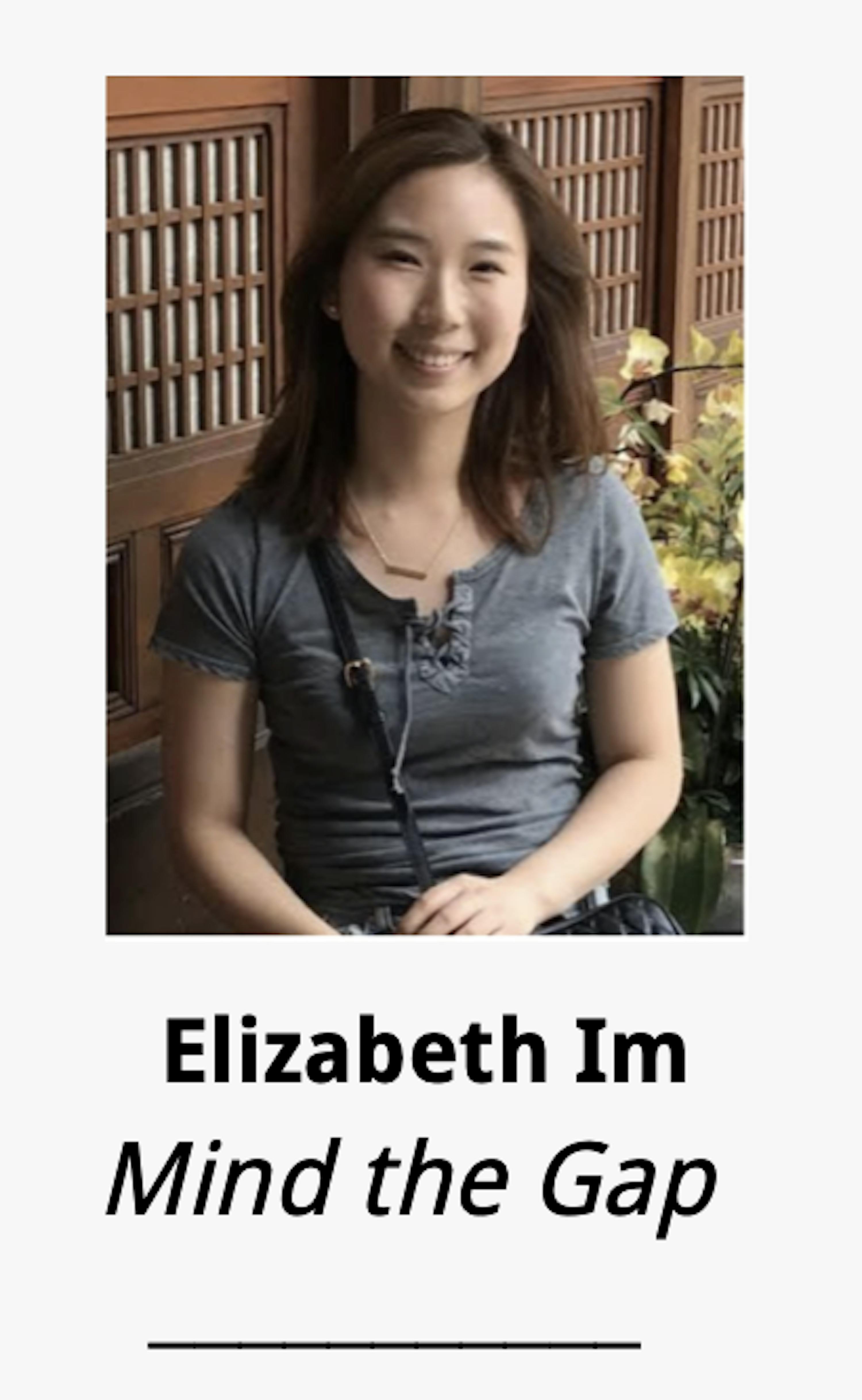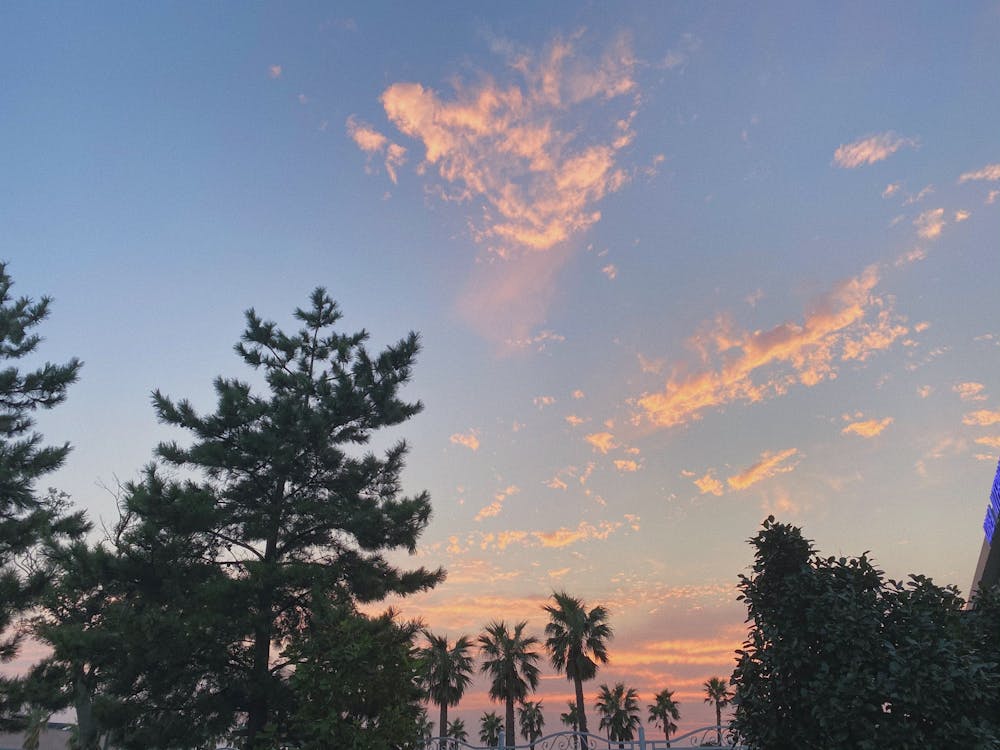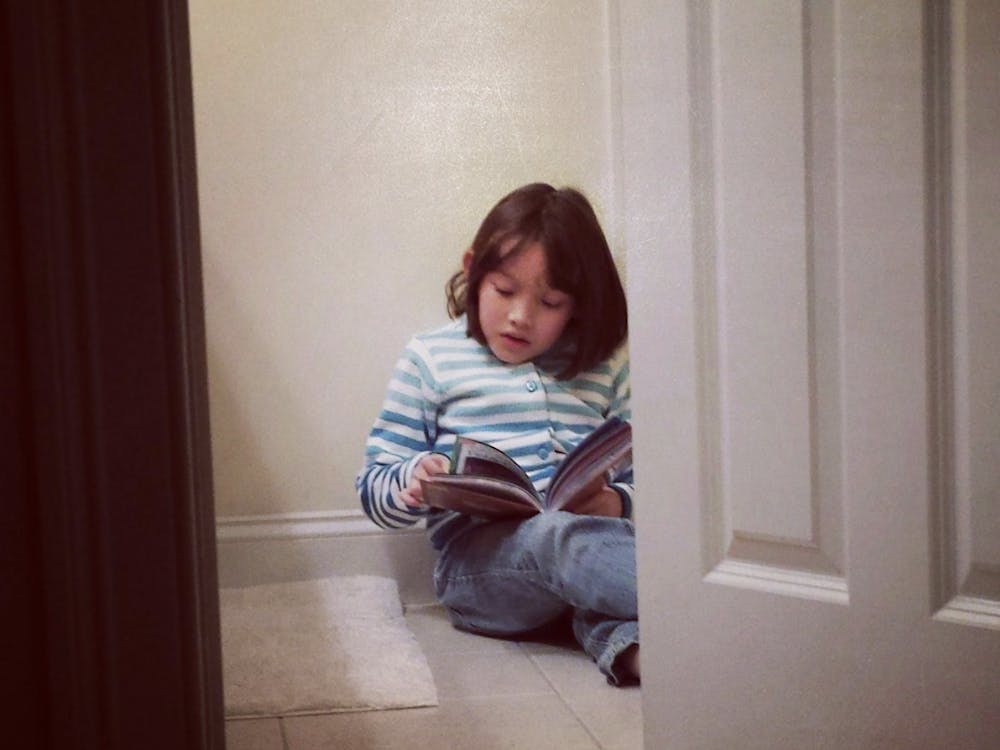
In my last column, I boldly claimed that I had learned to listen to what I want through my study abroad experience in Sweden. Yet listening to my heart still proves to be a challenge. Even if I’ve wanted to follow my desires — my true inclinations — sometimes I didn’t know what they were. Every option has a flip side. One option seems better because of this, and the other seems good because of that. In another light, I have to lose something either way.
I am still not good at letting go, reluctant to accept mutual exclusivity. I try to find a have-it-all solution. But as I’ve grown older and the options have become more complex, finding the perfect one has become more challenging. The question used to be whether I could have both the strawberries and the blueberries. Now, with the start of a new semester, it has evolved into whether I should return across the oceans to the U.S. or stay home in Korea. Sadly, I can’t do both (if only I could teleport, right?). I had to choose somehow, even though my heart was evenly split.
While staying home would be safer and more stable than moving during a pandemic, I wasn’t sure I could deal with the 13-hour time difference between the East Coast and Korea. This situation prompted a flurry of questions. Did this mean I should take a gap semester? How long will this pandemic last, though? If I take a gap semester this term, and the situation does not improve in the U.S., will I have to take another? When will it end? Should I just go back? And so on.
I will spare you the headache-inducing details, but it took many days, nights, emails, calls, meditations, breakdowns, some stress eating and some stress running to decide. Soon I began to think so much that I couldn’t distance myself from the worries to see things more objectively. I went down the rabbit hole.
In this case, my mom, as she pulled me out of the rabbit hole, advised me to forget the heart if it doesn’t know. Follow the process of elimination.
1. Should I stay in Korea or go to the U.S.?
Not an easy question and still difficult to think about. I think I knew I wanted to go back to the U.S. However, all the uncertainties made me very tired, and home felt safer in many ways. At the very least, Korea was safer regarding the coronavirus situation. Moreover, Hopkins eventually advised students not to return to Baltimore. So the answer seemed to be home.
2. Should I take a gap semester or continue classes?
This was very, very difficult for me. I didn’t want to take a gap semester and never imagined I would do so. However, the time difference limited my class choices. Even during the classes that seemed doable, like those held at 1 a.m., I couldn’t focus too well because my mind and body were getting ready to sleep.
One thing I know about myself is that I need to work with the daylight and nightfall. I can’t switch my sleeping schedule easily without getting migraines. Even so, I gave it a week’s time to try out the Hopkins classes with the time difference... and my experiment proved that yes, I am not like some of my friends who can stay up until 4 a.m. In the end, although I was very reluctant, I chose to take a gap semester.
However, if anyone is continuing to take classes from a different time zone, my friend Aashna, who is taking classes from India this term, shared her seven tips about keeping sane with the time zone switch:
- Have your phone on a local time and your laptop on Eastern Standard Time (EST).
- Make two timetables, one for each time zone.
- Schedule a fixed eight hours that you will sleep every day.
- Fix meal times.
- Have a monthly calendar with class/meeting times in local time and EST in brackets.
- Don’t study in bed.
- Get dressed!
As always, it takes time for me to see things simply. The choice I was more comfortable with (but not necessarily the better option) was staring at me in the eyes. I knew it, I felt it, but the other pros and cons made it difficult for me to choose it. What was so complicated becomes more comprehensible when the storm of thought passes. Now that the sky is blue and everything is calmer, I am reminded again that life goes on either way.
Even if I choose the more “dangerous” option, as if I’m in the midst of a storm like Dorothy from The Wizard of Oz, perhaps I’ll stumble upon a new path (or yellow brick road?) I never imagined as possible. Even if I choose the “safe” option, that doesn’t always guarantee the comfort I imagine it will bring, nor does it prevent me from making a different choice the next time I have to make a decision, so I’ll still have enough challenges to keep life interesting. Will I be able to apply this thought process to my next dilemma?
I hope so.





